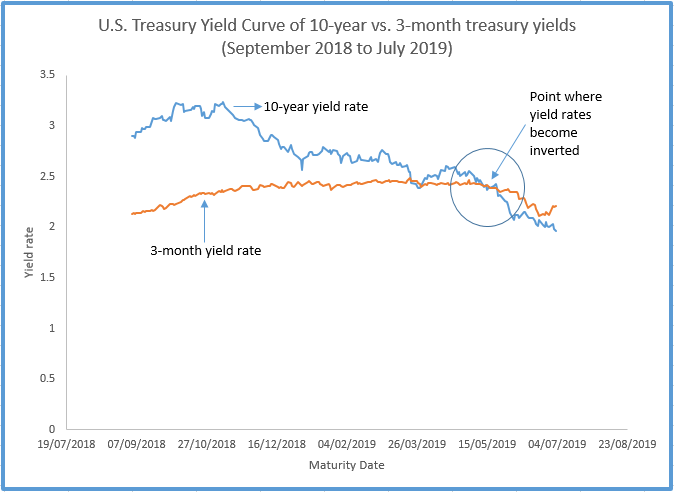Imf Slashes Global Gdp Forecasts, Warning Of An Economic ...
The COVID-19 pandemic will slow development for the next a number of years. There are other long-lasting patterns that likewise impact the economy. From extreme weather to rising healthcare expenses and the federal debt, here's how all of these patterns will impact you. In simply a few months, the COVID-19 pandemic annihilated the U.S.
In diigo.com/0jmjio the very first quarter of 2020, development decreased by 5%. In the second quarter, it plummeted by 31. 4%, but then rebounded in the 3rd quarter to 33. 4%. In April, during the height of the pandemic, retail sales plummeted 16. 4% as guvs closed excessive businesses. Furloughed employees sent out the number of out of work to 23 million that month.
7 million. The Congressional Budget Plan Workplace (CBO) forecasts a modified U-shaped healing. The Congressional Budget Plan Workplace (CBO) predicted the third-quarter data would enhance, however not sufficient to make up for earlier losses. The economy will not go back to its pre-pandemic level till the middle of 2022, the agency forecasts. Sadly, the CBO was right.
4%, however it still was inadequate to recover the prior decrease in Q2. Learn here On Oct. 1, 2020, the U.S. financial obligation exceeded $27 trillion. The COVID-19 pandemic included to the debt with the CARES Act and lower tax revenues. The U.S. debt-to-gross domestic product ratio increased to 127% by the end of Q3that's much higher than the 77% tipping point recommended by the International Homepage Monetary Fund.
1 “No One Saw This Coming” Understanding Financial Crisis ...
Greater interest rates would increase the interest payments on the financial obligation. That's unlikely as long as the U.S. economy remains in economic crisis. The Federal Reserve will keep interest rates low to stimulate development. Arguments over how to lower the financial obligation might translate into a financial obligation crisis if the debt ceiling requirements to be raised.
Social Security spends for itself, and Medicare partly does, at least in the meantime. As Washington wrestles with the very best method to attend to the financial obligation, uncertainty develops over tax rates, benefits, and federal programs. Services respond to this unpredictability by hoarding money, hiring temporary rather of full-time employees, and postponing significant financial investments.
It might cost the U.S. government as much as $112 billion annually, according to a report by the U.S. Federal Government Accountability Workplace (GAO). The Federal Reserve has actually cautioned that environment modification threatens the financial system. Extreme weather is forcing farms, utilities, and other business to state insolvency. As Look at this website those debtors go under, it will damage banks' balance sheets similar to subprime home loans did during the financial crisis.
 6 economists who predicted the global ...intheblack.com
6 economists who predicted the global ...intheblack.com
Munich Re, the world's biggest reinsurance firm, alerted that insurance companies will need to raise premiums to cover greater expenses from extreme weather. That might make insurance coverage too expensive for many people. Over the next few decades, temperature levels are anticipated to increase by between 2 and 4 degrees Fahrenheit. Warmer summer seasons mean Find more information more devastating wildfires.
Hutchins Roundup: Predicting Financial Crises, Targeting ...
Greater temperature levels have actually even pushed the dry western Plains area 140 miles eastward. As an outcome, farmers used to growing corn will need to switch to hardier wheat. A much shorter winter means that numerous insects, such as the pine bark beetle, don't die off in the winter. The U.S. Forest Service approximates that 100,000 beetle-infested trees could fall daily over the next 10 years.
Droughts exterminate crops and raise beef, nut, and fruit costs. Countless asthma and allergy patients need to spend for increased health care costs. Longer summers extend the allergy season. In some areas, the pollen season is now 25 days longer than in 1995. Pollen counts are projected to more than double in between 2000 and 2040.